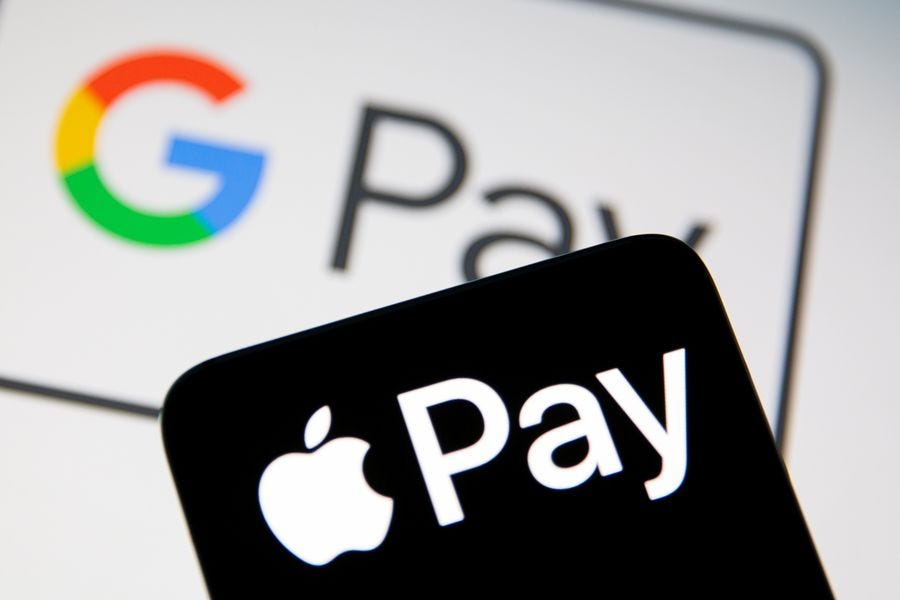
In the rapidly evolving world of digital payments, Apple Pay and Google Pay stand out as the two most prominent mobile payment platforms. Both offer users a convenient, secure and efficient way to transact using smartphones. However, despite the similarities, there are notable differences between them that can influence the user's choice depending on their specific needs and preferences.
Apple Pay and Google Pay overview
Apple Pay, presented by Apple Inc. in 2014, is a mobile payment and digital wallet service that allows users to make payments using their iPhone, Apple Watch, iPad, or Mac. It supports transactions via Near Field Communication (NFC) technology, enabling contactless payments at participating retailers. On the other hand, Google Pay, launched by Google in 2018, integrates both NFC technology and other payment methods, such as online shopping or online entertainment: https://techclient.com/benefits-of -using-google-pay-when-gambling-online/, offering a wide range of payment solutions. Both services are designed to simplify the payment process, making transactions faster and safer for users.
Security features
Security is a top concern for mobile payment systems, and both Apple Pay and Google Pay have robust measures in place to protect users. Apple Pay uses tokenization, meaning real credit card numbers are not stored on the device or transmitted during transactions. Instead, a unique token is generated for each transaction, which increases security. Google Pay also uses tokenization and encrypts payment information to protect sensitive data. Additionally, both services require biometric authentication or a secure PIN to authorize transactions, further protecting users from unauthorized access.
Device compatibility and integration
One of the key differences between Apple Pay and Google Pay is their compatibility and device integration. Apple Pay is available exclusively on Apple devices, including iPhone, iPad, Apple Watch and Mac. This integration ensures a seamless experience for users in the Apple ecosystem. In contrast, Google Pay is available on more devices, including Android smartphones and tablets as well as iOS devices, although its functionality on iOS is more limited. This broader compatibility allows Google Pay to serve a more diverse user base.
User interaction and interface
The user experience and interface of Apple Pay and Google Pay differ in several ways, reflecting their respective design philosophies. Apple Pay integrates seamlessly with the Wallet app on iOS devices, providing an intuitive and convenient experience. Users can easily add their credit or debit cards, view their transaction history, and manage their payment settings. Google Pay, on the other hand, offers a more versatile interface that supports a range of payment options, including peer-to-peer transfers and rewards programs. The Google Pay app provides a dashboard where users can manage their payment methods, view transaction history, and access additional features.
Availability and acceptance by the seller
Both Apple Pay and Google Pay are widely accepted at many retail and online stores, but there are differences in coverage. Apple Pay has a strong presence in many countries and is supported by a large number of merchants, especially in regions with a high concentration of Apple device users. Google Pay also boasts broad merchant acceptance with the added benefit of integration with other Google services and platforms. However, availability of Google Pay may vary depending on regional partnerships and agreements with financial institutions.
More: https://memeandchill.com/articles/revolutionen-i-spelindustrin-tack-vare-engagemanget-fr-n-ai.html
